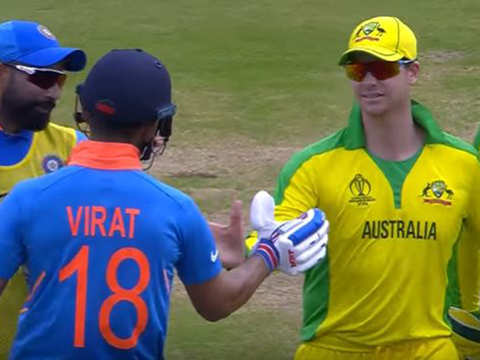When it comes to cricket, the right equipment can make all the difference. Whether you’re a seasoned pro or just starting out, understanding the various types of cricket gear available is essential. In this comprehensive guide, we’ll explore the world of cricket equipment, from bats and balls to protective gear and accessories. So, whether you’re looking to upgrade your existing kit or are curious about the essentials, read on to discover everything you need to know about cricket equipment.
Cricket is a sport that demands precision, technique, and the right equipment. Whether you’re a batsman looking to perfect your cover drive or a bowler aiming for that perfect outswinger, the right gear can significantly impact your performance on the field. In this blog post, we’ll delve into the intricacies of cricket equipment, breaking down the key components and their importance to your game.
Cricket Bats
The cricket bat is perhaps the most iconic piece of cricket equipment, and it’s a must-have for any aspiring cricketer. Bats come in various shapes, sizes, and materials, but they all serve the same fundamental purpose: to hit the ball effectively. Here are some key factors to consider when choosing a cricket bat:
Bat Size: The size of the bat is crucial, as it affects your ability to control the ball. Bats are available in different sizes to suit players of all ages and heights. Make sure to select a bat that feels comfortable and balanced in your hands.
Bat Material: Cricket bats are typically made from either willow or Kashmir willow. English willow bats are preferred by professionals for their superior performance, while Kashmir willow bats offer a more budget-friendly option.
Weight: The weight of the bat can greatly impact your ability to play shots. Bats come in various weights, and it’s essential to choose one that suits your playing style. Lighter bats are ideal for quick shots, while heavier ones provide power for big hits.
Cricket Balls
Cricket balls are another critical piece of equipment that significantly affects the game. Unlike other sports, cricket balls vary in size, weight, and seam, making them unique to the sport. Here’s what you need to know about cricket balls:
Red vs. White: In traditional cricket, red balls are used in Test matches and most first-class games, while white balls are used in limited-overs formats like One Day Internationals (ODIs) and Twenty20 (T20) matches. Red balls are known for their durability and pronounced seam movement, while white balls are designed for visibility and swing.
Ball Seam: The seam of a cricket ball plays a vital role in its movement through the air and off the pitch. Bowlers use the seam to generate swing and spin. A well-maintained seam can make a significant difference in a bowler’s performance.
Protective Gear
Safety is a top priority in cricket, and protective gear is essential to shield players from potential injuries. Here are some key items of protective gear every cricketer should have:
Helmet: The helmet is perhaps the most crucial piece of protective gear, especially for batsmen. It guards against head injuries when facing fast bowlers. Look for helmets that meet safety standards and fit snugly.
Pads and Gloves: Batsmen wear leg pads to protect their legs from fast deliveries, while gloves offer hand protection. Both items should provide comfort and flexibility without compromising safety.
Abdominal Guard: This is a crucial piece of equipment for male players, providing protection to the groin area. It’s worn inside the trousers for added safety.
Thigh Guard: Batsmen can also wear a thigh guard to protect their thighs from injuries caused by fast deliveries.
Accessories and Extras
In addition to the essential equipment, cricketers often use various accessories to enhance their game. Some popular accessories include:
Cricket Shoes: Proper footwear with spikes or rubber studs provides grip and stability on the field, especially for bowlers.
Cricket Bags: A spacious cricket bag is essential for carrying all your gear to matches and practice sessions.
Bowling Machines: Advanced players and teams often use bowling machines to practice and improve their batting skills.
Training Aids: These can include items like catching mitts, rebound nets, and coaching aids to hone specific skills.
Conclusion
Cricket equipment is more than just tools of the trade; it’s an extension of a cricketer’s skills and passion for the game. Whether you’re a casual player or aspiring to play at the highest level, choosing the right equipment is essential for your performance and safety on the field. With the right gear in your kit bag, you’ll be better equipped to face those fast deliveries, play those elegant cover drives, and enjoy the beautiful game of cricket to the fullest. So, gear up, step onto the field, and let your cricket equipment help you achieve your cricketing dreams.



